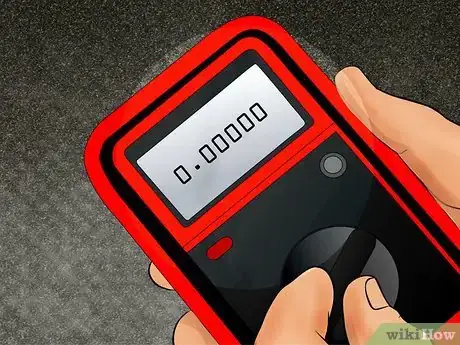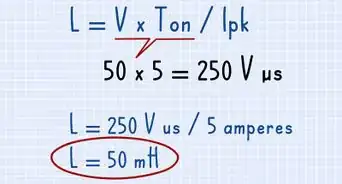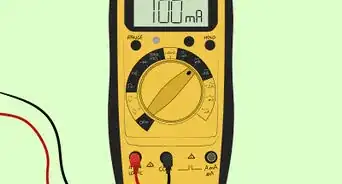wikiHow is a “wiki,” similar to Wikipedia, which means that many of our articles are co-written by multiple authors. To create this article, 10 people, some anonymous, worked to edit and improve it over time.
wikiHow marks an article as reader-approved once it receives enough positive feedback. In this case, 96% of readers who voted found the article helpful, earning it our reader-approved status.
This article has been viewed 115,216 times.
Learn more...
DC offset (also known as DC bias) is a concept employed when dealing with electrical components, most notably audio equipment. These components send either power or audio signals using alternating current (AC), by which the signal reverses direction regularly. If the signal does not spend an equal amount of time traveling in both directions, however, the resulting imbalance is referred to as DC offset. A high level of DC offset can damage electrical components and degrade signal quality. The guide below will teach you how to measure DC offset using perhaps the classic application - a stereo receiver or amplifier.
Steps
-
1Purchase a multimeter. A multimeter is a handheld device for measuring electrical current, resistance, or voltage. Multimeters are available in either digital or analog models, and can sport a variety of different features. The important consideration when choosing a meter to measure DC offset is the lowest available voltage range.[1]
- Because DC offset readings will be quite small (usually under 100 mV), you need a meter with a small range (sensitivity) so that the readings will register correctly. A meter with a 200 or 400 mV range is ideal, but a range of 2 V will also work.
-
2Prepare the amplifier to be measured. To achieve an accurate DC offset reading, you need to follow a few set-up steps.[2]
- Begin by disconnecting the speakers. As an alternative, you can take the readings from the "B" or "remote" terminals and set the speaker control switch accordingly.
- Set the amplifier's input selector switch to an unused position such as "Aux." Do not set it to "Phono."
- Set the volume dial to minimum, the tone dials in the middle position, and the balance dial in the center.
- Turn on the amplifier and let it sit for at least 10 minutes before taking a reading.
Advertisement -
3Set the multimeter to the appropriate mode. The meter should be set to measure DC voltage (not current). Set the range of the meter to its smallest setting (200 mV is ideal); if you have an auto-ranging meter you won't need to perform this step. Make sure the test leads are plugged into the jacks used for measuring voltage.[3]
-
4Touch the multimeter's test leads to the amplifier's speaker terminals. To measure the amp's DC offset, begin by touching the black test lead to the negative speaker terminal. Next, touch the red test lead to the positive speaker terminal. Hold both leads in place while looking at the reading on the multimeter's face. After taking the reading, reconnect the speakers and set the controls back in their desired positions.[4]
-
5Analyze the result of your reading. The ideal amount of DC offset is 0, which results from a perfectly balanced AC sine wave. In reality, an offset between 0 and 20 mV is very good. An offset between 20 and 50 mV is slightly higher than the ideal range, but the distortion caused will barely be audible. A range from 50 to 100 mV will begin to cause noticeable degradation of the audio quality, while an offset over 100 mV may cause permanent damage to your speakers.[5]
Community Q&A
-
QuestionWhen using tube amplifiers, it is recommended not to run the amplifier without a load (no speakers). Is there another method for checking if there is DC pollution in my AC power supply?
 Community AnswerSince almost all tube type amps have transformers at the output, and transformers do NOT pass DC, there is none to measure. Do not bother with this test on tube type amplifiers.
Community AnswerSince almost all tube type amps have transformers at the output, and transformers do NOT pass DC, there is none to measure. Do not bother with this test on tube type amplifiers.
Warnings
- Before using a multimeter, read the owner's manual in its entirety. Improper use can lead to electric shock or damaged equipment.⧼thumbs_response⧽
Things You'll Need
- Multimeter
- Amplifier
































































